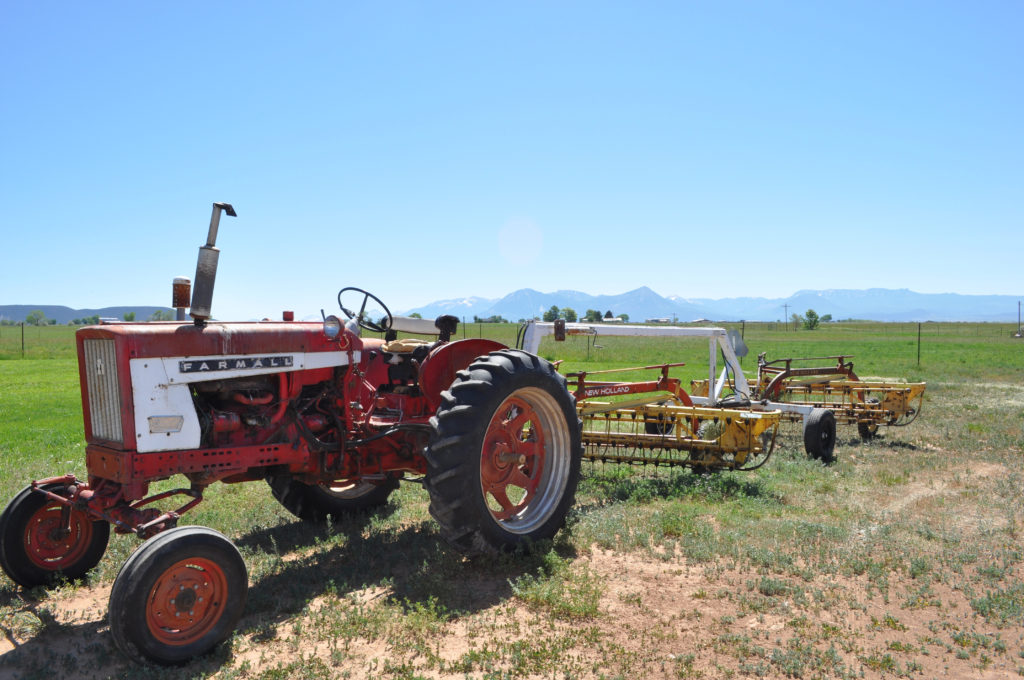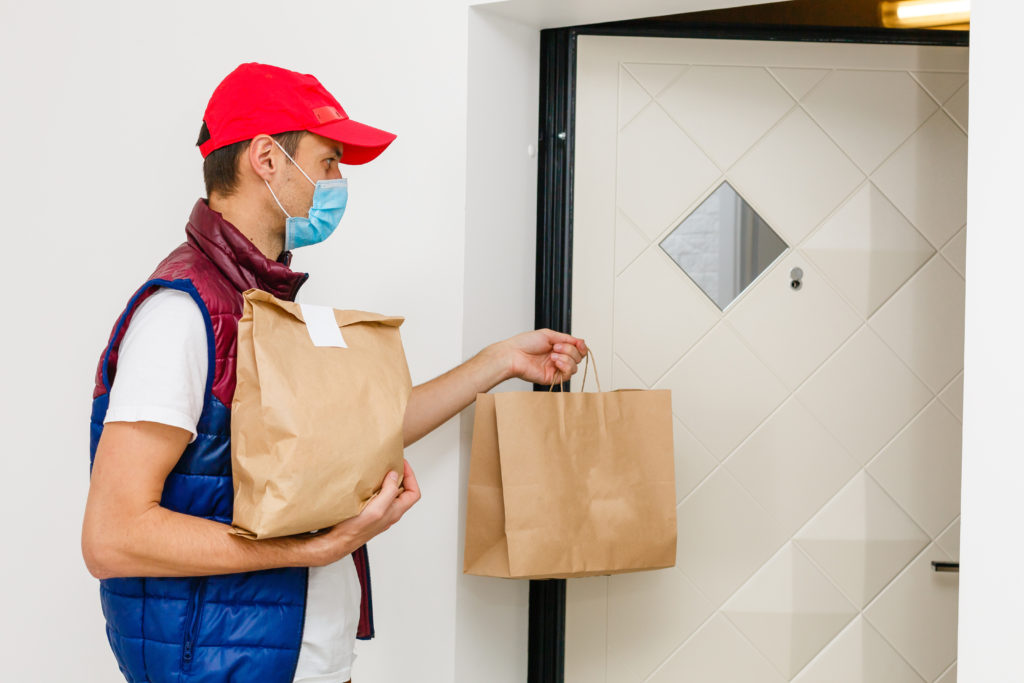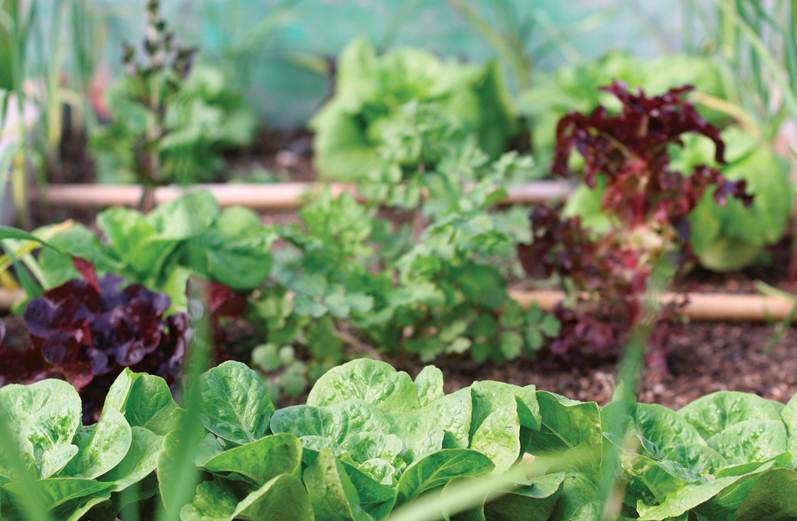Advances in technology, like the invention of the smartphone and the widespread adoption of cloud data storage, have resulted in huge changes in how people live and work.
The world of food has not been exempt from these seismic shifts. From agriculture to distribution to the way we cook, technology has had a major influence on how and what we eat. Even the way we interact with customers has evolved, with online ordering and table-side tablets commonplace.
While 2020 has been unusual due to the COVID-19 pandemic, innovations in food tech continue to progress. In an industry that has been historically slow to adopt new ideas, it’s exciting to see startups and new technologies making their way into the food and restaurant spaces.
Many of these new technologies are focused on reducing food waste and increasing sustainability. Developers aim to use 21st century advances to solve our 21st century problems, like global warming and overproduction. These issues are of major concern to the younger generations, especially Gen-Z.
Here are just a few of the latest innovations in food tech from 2020.
Ghost Kitchens and Ghost Restaurants
Ghost kitchens and ghost restaurants have seen a boom this year due to COVID-19. Ghost kitchens are delivery-only commercial kitchens, usually serving as the “delivery arm” of an existing catering company or brick-and-mortar restaurant. Ghost restaurants, on the other hand, don’t have a storefront to service diners in person, and instead take online orders exclusively.
To get the food to hungry customers, these businesses leverage delivery services like GrubHub, UberEats, and DoorDash for quick, contactless dining at home. With low overhead and relying mostly on apps and tablets for orders, these lower-risk operations have let many traditional restaurants pivot to stay afloat during the pandemic.
Cultured Meat
Animal husbandry has come under fire recently. Some cite ethical concerns over how livestock is raised. Others point to the industry’s substantial impact on the environment. A report by the United Nations estimates that as much as 14.5% of all greenhouse gas emissions come from livestock.
But unless the majority of humanity goes vegetarian, what could be the solution?
One option is meat that isn’t raised, but grown. Cultured meat is grown from the cells of a living animal in a bioreactor. The chicken that “donates” the cells doesn’t have to be killed, which could make this a more ethical solution to eating meat. Proponents hope this process will reduce our reliance on the factory farming system and help contribute to a cleaner environment.
The first lab-grown meat by San Francisco company Eat JUST was approved for sale in Singapore in early December 2020. Their flagship product is a “no-kill” chicken nugget.
The new technology isn’t without drawbacks. It requires a great deal of electricity to produce, so developers will need to make sure they’re getting that power from sustainable sources, if they plan to be part of a global warming solution.
Blockchain
Don’t glaze over — blockchain isn’t as confusing as it seems! At its core, this technology is simply a way of automatically and instantly sharing and tracking data across many computers. In the world of food, blockchain may make the supply chain both more efficient and safer.
Blockchain can help restaurants to verify the freshness of a product, since they’ll be able to see exactly when it was harvested and how it was stored. It can also improve safety. When the Food and Drug Administration (FDA) learns of an E. coli outbreak in spinach, for example, they’ll be able to trace that infected spinach back from the retailer to the distributor to the farm at lightning quick speed. Walmart has adopted the technology to track lettuce, and can reportedly find the source of a head of lettuce in just over 2 seconds!
Blockchain is still a new technology, but it promises to revolutionize the supply chain in the next few years.
Apeel
Another innovation in the fight against waste is Apeel, which promises to extend the shelf life of produce.
Derived from plant skins, Apeel is a tasteless, odorless, plant-based coating that can be sprayed onto the surface of fruits and vegetables. This protective layer keeps moisture in and oxygen out, helping produce to stay fresh for up to three times longer than untreated produce.
Apeel is already being used on avocados at Kroger locations nationwide. Further rollouts could help reduce waste at the grocery store, in restaurants, and at home.
The Allergy Amulet
On the consumer side, a new technology aims to make it safer for those with food allergies to eat out. The Allergy Amulet checks for the presence of the most common allergens in food — peanuts, tree nuts, fish, shellfish, wheat, eggs, milk, soy, gluten, and sesame.
Users will dip or swipe a test strip across the food when it arrives at their table, and insert it into a tiny reader. They’ll get a result back in about a minute!
This device is currently in production, and is expected to hit the market in early 2021. It could be a game changer for people with common allergies!
The Future is Sustainable
New food innovations are on the horizon, changing the way we eat and interact with our food, and the people who make it. Future and current culinarians must keep up with the latest in food technology to see how these advances can help their businesses.
Culinary Arts students at Auguste Escoffier School of Culinary Arts begin their study of sustainability in the six-week Farm to Table® Experience during their program. With a focus on buying local and understanding where our food comes from, students develop a heightened respect for the farmers and artisans that begin the food chain.

A farm outside of Boulder, Colorado
Escoffier offers degrees and diplomas both on-campus in Boulder and Austin, and online. Contact us for more information!
If you’d like to learn more about sustainability and technology, try these articles next:
- 5 Culinary Apps All Chefs Should Have
- The Fine Art of Building a Seasonal Menu
- 3 Tips for Becoming an Environmentally-Conscious Chef
This article was originally published on March 27, 2018, and has been updated.




